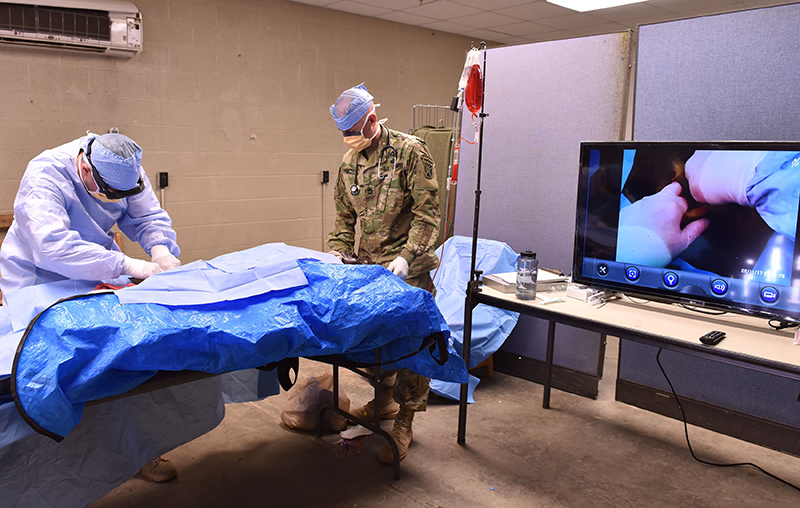Researchers at the Beth Israel Deaconess Medical Center (BIDMC) in Boston, have been investigating the use of Augmented Reality (AR) headsets for visualizing myocardial scars during surgical interventions.
Jihye Jang, a PhD Candidate at the Cardiac Magnetic Resonance (MR) Center at Beth Israel Deaconess Medical Center (BIDMC), and colleagues assessed AR’s potential to help cardiologists visualize myocardial scarring in the heart as they perform various electrophysiological interventions such as ventricular tachycardia ablation. A person may have Myocardial scarring can occur in people who experience a heart attack and also stems from the surgical repair of congenital heart disease.
The findings, published in the journal PLOS ONE, show that augmented reality technology parleys numerous advantages.
“Augmented reality allows physicians to superimpose images, such as MRI or CT scans, as a guide during therapeutic intervention,” said Jang. “Our report shows exciting potential that having this complex 3D scar information through augmented reality during the intervention may help guide treatment and ultimately improve patient care. Physicians can now use AR to view 3D cardiac MR information with a touchless interaction in sterile environment.”

AR provides 3D depth perception by projecting 3-D imagery onto a glass screen that the surgeon wears like a diving mask. It allows surgeons to interact with the medical data without physically touching a screen or computer mouse, maintaining a sterile environment and reducing the risk of infection, reports BIDMC.
In this new study, the researchers applied the AR technique as they generated holographic 3D scar in five animal models that underwent controlled infarction and electrophysiological study.
An operator and mapping specialist viewed the holographic 3D scar during electrophysiological study, and completed the perceived usefulness questionnaire in the six-item usefulness scale and found it useful to have scar information during the intervention.
Read more Borns, AI-Powered Minimally Invasive Surgery Has Huge Prospects in Healthcare
“Our report is one of the first efforts to test augmented reality in cardiovascular electrophysiological intervention,” said Jang. “Our next steps will expand the use of AR into treatments for arrhythmia by merging the scar information with electrophysiology data.”
The senior corresponding author of the paper is Reza Nezafat, PhD, scientific director of the Cardiac Magnetic Resonance Center at BIDMC. Other co-authors include colleagues from BIDMC, University of Pennsylvania and Technical University of Munich.












